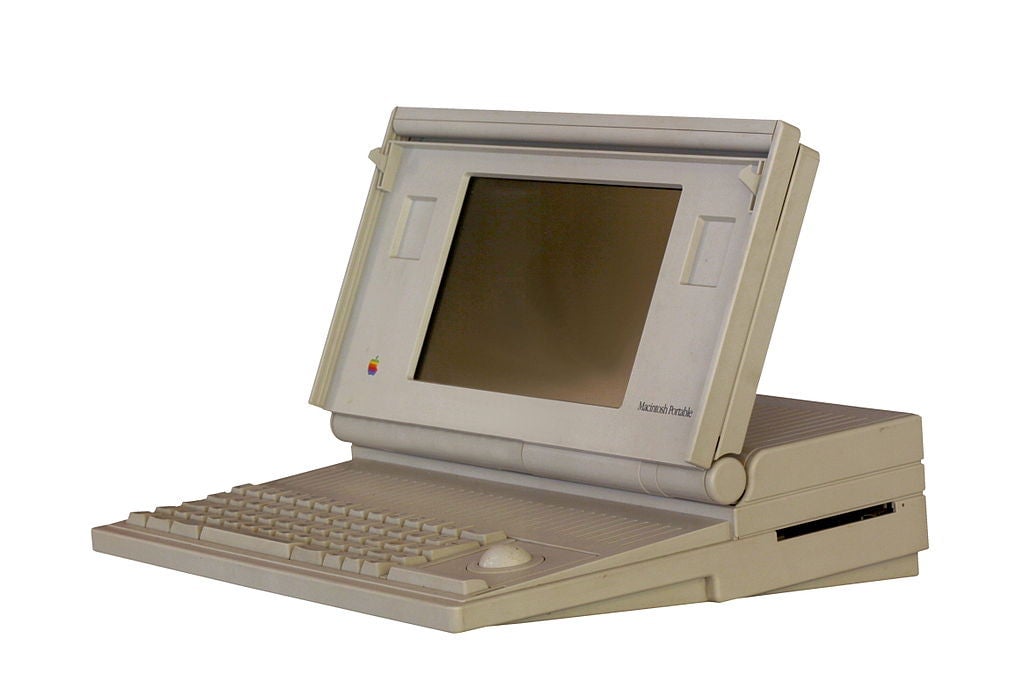Choice quotes from a 1985 New York Times story that predicted the quick demise of the laptop
Making predictions is hard. Most people can’t even predict what they’ll eat for dinner, let alone make grand predictions about the future of technology. Nevertheless, it’s fun to go back and look at a time when someone was so very, very wrong.


Making predictions is hard. Most people can’t even predict what they’ll eat for dinner, let alone make grand predictions about the future of technology. Nevertheless, it’s fun to go back and look at a time when someone was so very, very wrong.
Reddit users dug up a 1985 article in the New York Times written by technology columnist Erik Sandberg-Diment that predicted the laptop computer—then just a “fad”—would soon die off (paywall). At the time, laptops were heavy, had only a few functions, and could cost as much as $7,000. (The GridCase computer, which Sandberg-Diment cites in his piece, ran about $4,350 even before buying additional software for it.)
Here are some of his observations, from 30 years ago:
Was the laptop dream an illusion, then? Or was the problem merely that the right combination of features for such lightweight computers had not yet materialized? The answer probably is a combination of both views. For the most part, the portable computer is a dream machine for the few.
This was actually a reasonable assumption for the time. The internet—as we know it today—did not exist in 1985. Most commercial laptops could make spreadsheets and do word processing, but not much else.
On the whole, people don’t want to lug a computer with them to the beach or on a train to while away hours they would rather spend reading the sports or business section of the newspaper.
We wonder if Sandberg-Diment knew that you could already read a text version of the New York Times on personal computers in 1985, via Compuserve. Today, you’re shocked when you see someone reading an actual physical newspaper on the train, instead of on an electronic device.
Somehow, the microcomputer industry has assumed that everyone would love to have a keyboard grafted on as an extension of their fingers. It just is not so.
Oh, but it will be. It will be.
Yes, there are a lot of people who would like to be able to work on a computer at home. But would they really want to carry one back from the office with them?
Well, yes, I do it every day.
Software is the real weak spot for laptops. If the machines were merely too expensive, especially in view of their limited display, they would still sell if they served an unbeatable function. But for that to be the case, special software would be needed. The word processing and spreadsheet packages commonly available for them are intended to accomplish tasks to which laptop computers are simply not well suited.
Again, this was completely reasonable, if a little shortsighted.
As the technology of these machines, particularly of their displays, improves, and as their price declines, a lot of briefcase computers will probably be sold. And as the software that is capable of turning them into true satellite offices becomes refined, they will probably even be used – in fact, profitably so.
Now he’s got it!
But the real future of the laptop computer will remain in the specialized niche markets.
Wait…
Because no matter how inexpensive the machines become, and no matter how sophisticated their software, I still can’t imagine the average user taking one along when going fishing.
¯_(ツ)_/¯
Most of what Sandberg-Diment predicted was sensible given what laptops were like in the 1980s. It would have been hard to envision a future in which huge, bulky laptops could somehow make way for the razor-thin, lightweight machines with beautiful displays and an endless array of potential uses (at a much lower cost) that we enjoy today.

For about 10 or 15 years, Sandberg-Diment was right. Laptops didn’t really catch on with average consumers until the 1990s. Apple released its first “laptop”—the Macintosh Portable—in 1989 for a whopping $7,300. No one wanted it. Apple then released the thinner PowerBook, which was far more successful at $2,300.
In 1999, laptops made up about 20% of all personal computers in use in the United States. By 2003, laptops had surpassed PCs in sales for the first time, comprising 54% of the entire market. Laptops were overtaken by tablets in 2013. Today, tablet sales have stalled, in favor of large smartphones, or “phablets.”
This was not the only time Sandberg-Diment published the 1985 equivalent of a tech ”hot take.” Apparently, he was known for it:
Earlier in 1985, he had predicted a similar death for e-mail.
Image by Brett Jordan on Flickr, licensed under CC BY 2.0.